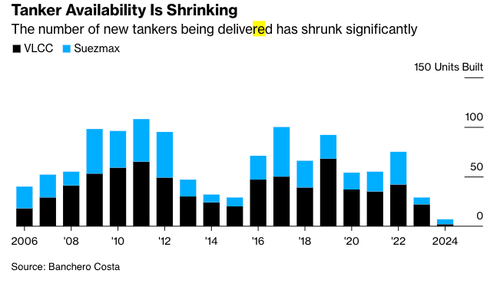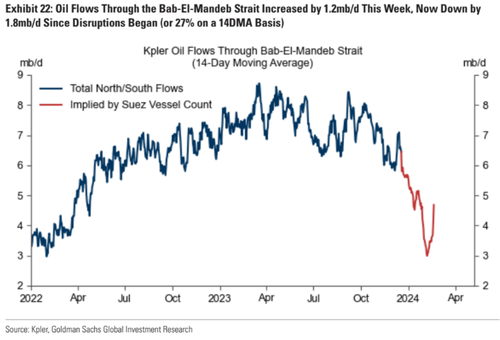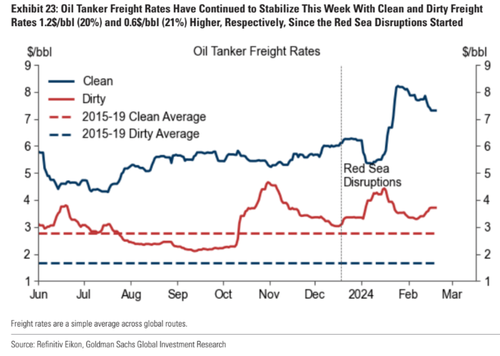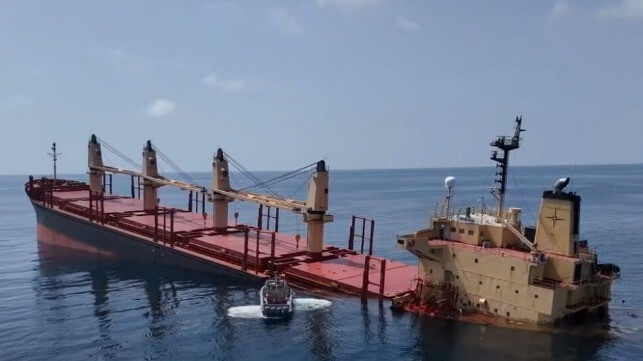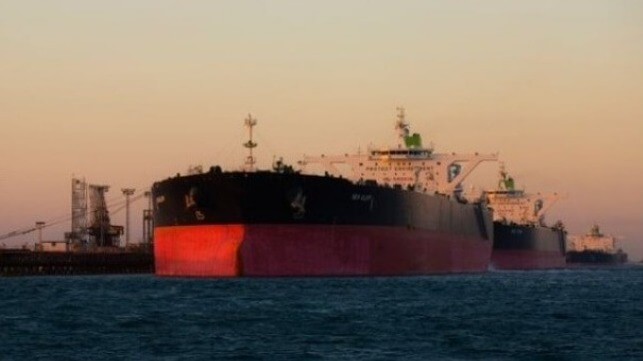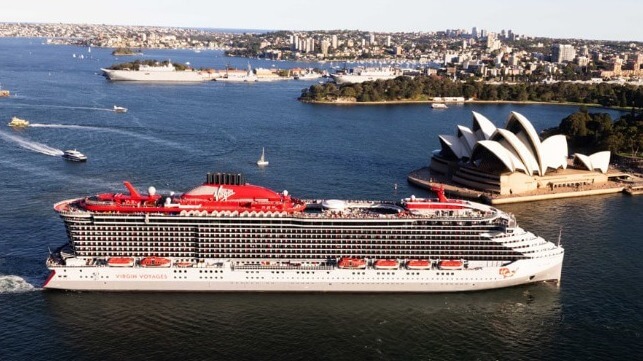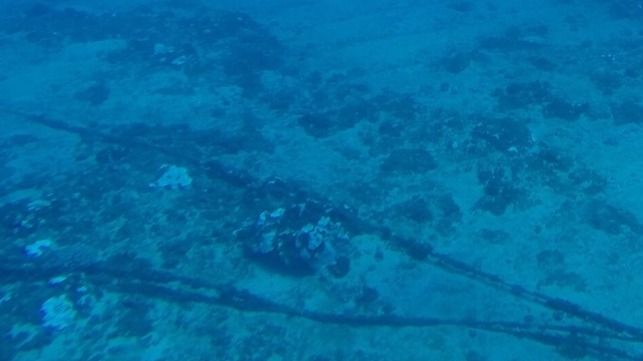Nuclear tax credits underpin growth, says Constellation
27 February 2024
Federal nuclear production tax credits are providing the foundation for the USA's largest producer of carbon-free energy to continue to invest in growth opportunities, Constellation Energy said in its 2023 results announcement and 2024 earnings forecast.
.jpg?ext=.jpg) Constellation recently marked its second anniversary as a standalone company since the separation of Exelon Generation's regulated utility and competitive energy businesses (Image: Constellation)
Constellation recently marked its second anniversary as a standalone company since the separation of Exelon Generation's regulated utility and competitive energy businesses (Image: Constellation)"The most valuable commodity in the world today remains clean energy that can be depended on in every hour of every day, and no US company is better positioned to deliver on that promise than Constellation, which has more clean, reliable nuclear capacity than all other US competitive generators combined," Constellation President and CEO Joe Dominguez said. "State and federal policies, bipartisan political support, public opinion surveys and increased customer demand for reliable and clean energy all point to strong and growing support for nuclear energy to power our economy for decades to come … we see a growing landscape of opportunities to continue building our business and lead the clean energy transition."
The wide-ranging Inflation Reduction Act (IRA), signed into law by President Joe Biden in August 2022, includes support for existing and new nuclear capacity. Constellation said nuclear production tax credit (PTC) in the act is providing a stable foundation that will allow it to continue investing in growth opportunities, including by adding clean energy generation to its fleet through measures including uprates, licence extensions and asset acquisitions while also returning capital to shareholders. "The PTC provides revenue visibility and also preserves Constellation’s ability to capture upside from tightening power market conditions," the company said.
Earlier this month, Constellation filed an application with the Nuclear Regulatory Commission for a 20-year licence renewal for the Clinton plant in Illinois, which would allow the single-unit boiling water reactor to continue providing energy to the region until 2047.
The company said it was targeting long-term base earnings per share growth of at least 10% through the decade "backstopped" in part by the nuclear production tax credit. Monetising the value of the "reliable, carbon-free nuclear power" generated at Constellation's Clean Energy Centers through hourly carbon-free matching solutions, behind-the-meter opportunities such as data centres or hydrogen, government clean energy procurements or higher market prices offer further opportunities for it to grow its base earnings, it added.
The company's nuclear fleet in 2023 "continued to achieve unmatched reliability, allowing us to deliver carbon-free energy to our customers in all hours of the day under some of the harshest weather conditions in decades," Dominguez said. "We took a disciplined approach to growing our business in 2023, completing our acquisition of a partial stake in the South Texas Project nuclear plant, repowering our wind assets, taking steps to extend the life of our nuclear plants and investing in new equipment to increase their output. We are delivering our hourly-matched carbon-free energy product to top sustainability leaders, and our results reflect growing acknowledgement by our customers that nuclear energy delivers unique value that can’t be matched anywhere in the marketplace."
Constellation's nuclear assets generated a total of 174,047 GWh in 2023, up from 173,350 GWh in 2022.
KHNP, Centrus enhance cooperation in fuel supply
27 February 2024
Korea Hydro & Nuclear Power (KHNP) has signed a Letter of Intent with US nuclear fuel and services company Centrus Energy to ensure a stable supply of nuclear fuel. It follows the signing of a memorandum of understanding between the two companies in April last year.
.jpg?ext=.jpg) The signing of the Letter of Intent (Image: KHNP)
The signing of the Letter of Intent (Image: KHNP)
The Letter of Intent (LOI) outlines substantive business objectives to enhance uranium resource security and nuclear cooperation between KHNP and Centrus, KHNP said. Through this, KHNP aims to diversify the supply of enriched uranium used as nuclear fuel to enhance fuel supply stability. Additionally, KHNP expects to strengthen nuclear cooperation between South Korea and the USA by establishing strategic relationships with Centrus.
"As a result of cooperation with Centrus, KHNP has opened the possibility of securing fuel for future reactors as well as for existing commercial reactors," KHNP said.
"Through the signing of this LOI, both parties will engage in concrete discussions regarding stable nuclear fuel supply and plan to continue exploring business opportunities in the nuclear sector by expanding the future nuclear fuel supply chain," KHNP CEO Hwang Joo-ho said.
On 25 April 2023, KHNP signed a memorandum of understanding (MoU) with Centrus, through which the two companies planned to enhance mutual cooperation for a stable fuel supply while exploring opportunities for expanding their businesses.
At the time of signing the MoU, KHNP said it would "increase the stability of fuel supply and demand by diversifying suppliers of enriched uranium used as nuclear power plant fuel and contribute to strengthening Korea-US nuclear cooperation by establishing a strategic partnership with US enrichment companies. This is an important achievement that strengthens supply chain cooperation with allies in a situation where resource security has become more important than ever amid recent geopolitical instability and global supply chain crisis".
KHNP operates South Korea's 26 power reactors, which with a combined capacity of some 26 GWe generate about one-third of the country's electricity.
In December, KHNP launched its new Innovative SMR (i-SMR) - an integrated pressurised water reactor type nuclear power plant with an electrical output of 170 MWe. It is being developed according to a development roadmap, with the goal of completing the standard design by the end of 2025 and obtaining standard design approval in 2028.
In November last year, Centrus Energy produced the USA's first 20 kilograms of high-assay low-enriched uranium (HALEU). Some of the advanced reactor technologies that are currently under development use HALEU fuel - enriched to between 5% and 20% U-235 - which enables the design of smaller reactors that produce more power with less fuel than the current fleet, as well as systems that can be optimised for longer core life, increased safety margins, and other increased efficiencies. At present, only Russia and China have the infrastructure to produce HALEU at scale.
Argentina's RA-10 research reactor aiming for 2026 operation
27 February 2024
The RA-10 multipurpose research reactor is now about 80% completed, with its reflector tank set to be installed as construction enters its final phases, Argentina's Foreign Minister Diana Mondino was told during a tour of the facility.
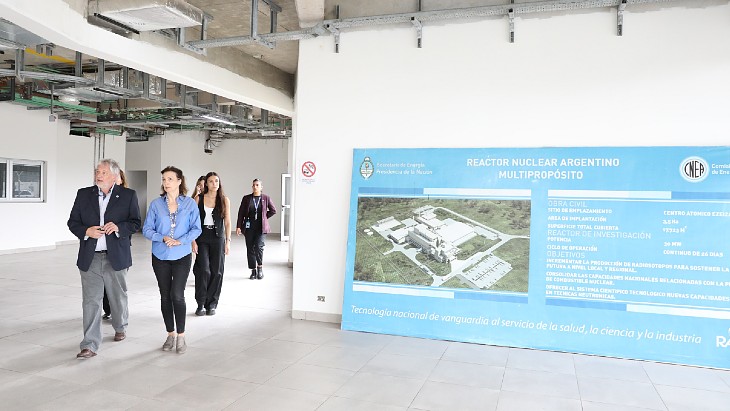 (Image: Argentina's Ministry of Foreign Affairs)
(Image: Argentina's Ministry of Foreign Affairs)
Mondino, who assumed office in December after the election of Javier Milei as Argentina's President, praised the progress taking place at RA-10, and also the neighbouring CONUAR nuclear fuel plant. She said the foreign ministry would continue to support the nuclear sector's export efforts, noting "the opportunities that open up for Argentine, if they are well managed and if we manage to demonstrate quality".
Manager of the RA-10 project, Herman Blaumann, gave an update on progress, saying that it was now 80% complete: "The civil work is already finished and in terms of supplies and installations the progress is 75%. This week the reactor's reflector tank will arrive ... the installation of which is another key step in the work."
He also said that the aim was to fill the reactor pool in December, and then in July 2025 pre-operational tests will begin before it becomes operational in 2026.
Argentina's National Atomic Energy Commission (CNEA) says the RA-10 - a 30 MWt open-pool research reactor - will be used for the production of medical radioisotopes, including the capacity to cover 20% of the world demand for molybdenum: "Technetium is obtained from molybdenum, and widely used in nuclear medicine ... it will also be possible to produce other radioisotopes that are not made in the country today and that are widely used in the world, such as lutetium, which is applied to treat prostate cancer and other pathologies, as well as others for use in agriculture and the industry".
The RA-10 project was approved by the government and was officially started by CNEA in June 2010. Argentina's Nuclear Regulatory Authority granted a construction licence for RA-10 in November 2014. The civil works for the reactor began in 2016. Nuclear technology firm INVAP is involved in the design and construction of the reactor facility and related installations, playing the role of main contractor. The assembly of the RA-10 pool - which will house the core of the reactor - was completed in August 2018.
The RA-10 will replace the RA-3 reactor on the same site. This 10 MWt pool-type reactor began operations in 1967. As well as producing radioisotopes it will also provide new research and training opportunities and will have associated facilities such as the Argentine Neutron Beam Laboratory (LAHN) and the Laboratory for the Study of Irradiated Materials (LEMI).
CNEA says that more than 80 companies in Argentina are involved in the work, with the minister also told about the hopes for RA-10 "production of silicon doped by neutron transmutation, a very high quality raw material for the development of advanced electronic applications. And it will produce sources of industrial iridium for the evaluation of the integrity and quality of large constructions and components".
Meanwhile, there was also a key moment this week with the passing of tests of the reflector tank, manufactured by INVAP and designed by CNEA, for the new reactor. INVAP Vice President Felipe Albornoz said it was an important milestone "being able to finish a component that is the heart of the RA-10 reactor, along with the reactor core. All the rest of the facility is built around these components and being able to imagine it, design it and then manufacture it in our country, with our people in Bariloche, is a reason for pride and a reason for celebration".
CNEA President Adriana Serquis said it is an important moment "both for what it means and a new milestone for the nuclear development of our country, as well because it will provide us with new capabilities that are highly required internationally, whether in the area of medicine, with the production of radioisotopes, and the facilities for the production of silicon, the testing of materials and the enormous advance for the area of science and technology in the use of neutrons".
The reflector tank weighs 2540 kilogrammes, is 2 metres in diameter and 1.4 metres tall. Its installation will allow the assembly of the reactor pool internals.
Blaumann said: "The project is approaching its final stage. The reflector tank is the most complex component of the reactor and at the same time critical for all its applications to be developed."
Paks II suppliers event outlines opportunities for companies
27 February 2024
The information session for those interested in gaining contracts with the Paks II nuclear power plant construction project was attended by 350 people from 180 companies, including 150 from Hungary.
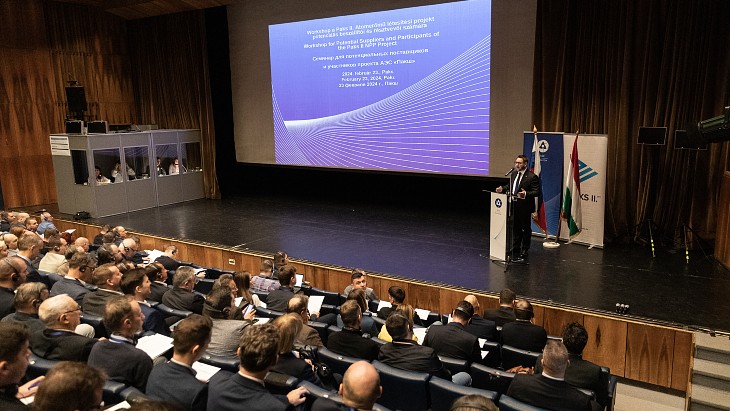 (Image: Paks II)
(Image: Paks II)The Paks II project was launched in early 2014 by an intergovernmental agreement between Hungary and Russia for two VVER-1200 reactors to be supplied by Rosatom, with the contract supported by a Russian state loan to finance the majority of the project. The construction licence application was submitted in July 2020 to construct Paks II alongside the existing Paks plant, 100 kilometres southwest of Budapest on the banks of the Danube river. The construction licence was issued in August 2022 and a construction timetable agreed last year which set out plans to connect the new units to the grid at the beginning of the 2030s.
The 2014 goal of the project was for 40% of the project to go to domestic companies, and the Russian side undertook to select 55% of suppliers in accordance with European Commission regulations.
Gergely Jákli, chairman and CEO of Paks II, told those attending that the expansion of nuclear capacity in Hungary was needed to improve security of supply, and to meet the European Union's climate change targets and said a significant market would open up for companies taking part in the project, because of the widespread plans for life extension projects - and new nuclear - in other countries around Europe and further afield.
Those attending were given information on the likely opportunities and requirements for suppliers, including nuclear qualifications, and the procedure for contracting and performing works at the site.
Vitaly Polyanin, from Rosatom's Atomstroyexport (ASE) and director of the Paks II construction project, said: "Currently, intensive preparations are under way for the pouring of the 'first concrete', which could take place in 2024. The Hungarian branch of ASE will do everything for maximum localisation and participation of all interested companies in the project."
The existing four units at Paks are VVER-440 reactors that started up between 1982 and 1987 and they produce about half of the country's electricity. Their design lifetime was for 30 years but that was extended in 2005 by 20 years to between 2032 and 2037. In December 2022, the Hungarian Parliament approved a proposal to further extend their lifespan, which means the plant could keep operating into the 2050s.
Paks II is the first Russian nuclear power plant construction project in the European Union, with Hungary deciding to press ahead with the project despite wider European Union sanctions imposed on Russia.
Researched and written by World Nuclear News

